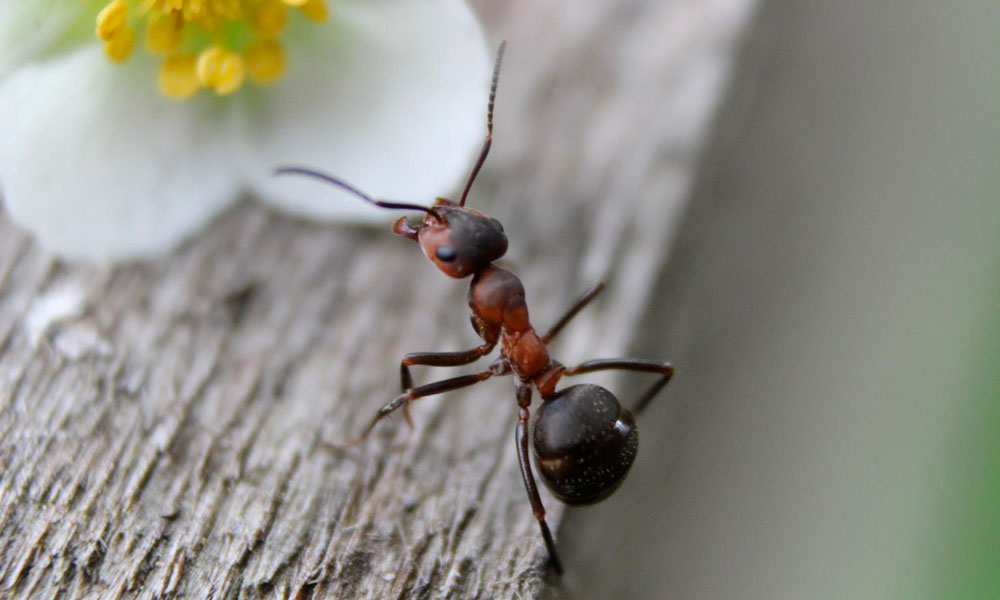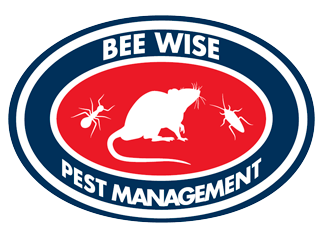Ants

For the most part, ants are harmless to humans. The issue with ants is the sheer number of them in a colony. Usually, if you see one, you will a lot soon.
- More than 20 varieties of ants invade homes throughout the United States during the warm months of the year. Worldwide, there are more than 12,000 species, but only a small number cause problems.
- Destructive ants include fire and carpenter ants. Others ant types include the honey, Pharaoh, house, Argentine, and the thief ant.
- All ants share one trait: They’re unsightly and contaminate food.
- Ants range in color from red to black.
- Fire ants are vicious, unrelenting predators with a powerful, painful sting.
- At least 32 deaths in the U.S. can be attributed to severe allergic reactions to fire ant stings.
- Millions of dollars are spent each year eradicating fire ants alone.
- Carpenter ants range in size from one-quarter inch for a worker ant to up to three-quarters inch for a queen.
- A carpenter ant colony can have a long life span. Each colony is founded by a single fertilized queen that establishes a nesting site in a cavity in wood.
- A carpenter ant colony does not reach maturity until it contains 2,000 or more workers, which can take three to six years.
Carpenter Ants
- Size ranges from one-fourth inch for a worker ant to up to three-fourths inch for a queen in the most common species.
- May range from red to black in color.
- Build nests in deteriorating, moist wood; often the colony will extend its nest into adjacent, sound wood.
- Are commonly found in porch pillars and roofs, window sills, telephone poles, live and dead trees, rotting logs and stumps and wood in contact with soil.
- Do not actually eat the wood removed during nest-building activities; rather, deposit it outside entrances to the colony in small piles.
